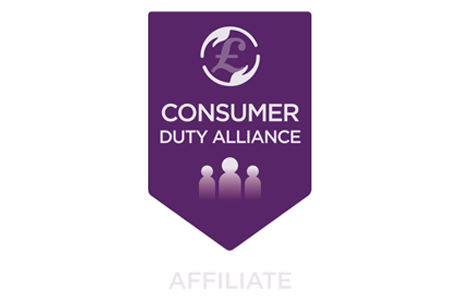What the OBR’s five year forecasts mean for the market

Bob Hunt
18 November 2024Certainly, within the mortgage sector, we were more than preoccupied with the measure to raise the Stamp Duty surcharge on the purchase of additional homes, and clearly a number of other business announcements – increases to employer’s NI contributions for example – were also front and centre.
However, with the dust having settled a little, I thought it was worthwhile reviewing what the OBR believe will happen over the course of the next five years, in some key market areas, namely house prices, inflation, Bank Base Rate and mortgage rates in general.
As a starter, however, I think we would all agree that dealing with the here and now can seem difficult enough, and certainly putting together business plans and viable projections over the course of the next calendar/financial year can also be incredibly challenging.
So, when you are tasked with five-year projections of key data which has a tendency to shift constantly, you may not be surprised to learn there are plenty of people who will take such crystal ball gazing with a large dose of salt.
However, that does not make them of any less interest, and certainly for mortgage advisers who are constantly being asked, ‘What will rates do next?’, ‘Is now a good time to buy?’, ‘Are house prices going to go up?’ etc, and who are advising all the time on 5-year mortgage products, then being able to illustrate what the OBR are predicting over such a term, might well insulate them from making such predictions themselves, and also offers data for clients to be able to get their own heads around.
First up was house prices, with the OBR suggesting they will rise by over 15% between now and the end of the decade. It sounds like a large increase, but broken down this is 1.7% in 2024, 1.1% in 2025, and 2.5% every year until 2030.
Clearly, despite the ambition to build over 1.5 million new homes over the same period, questions will still be asked.
First, is this even achievable? Second, is it enough? Third, who will have access to these new homes?
A recent report suggested only 50% of these new homes would actually be up for sale, with 750,000 being for social housing tenants.
Also, the National Housing Federation has already said the Government will miss its own target in the first two years, and then be trying to catch up.
Again, given everything we know about house building in this country, while the targets are laudable, whether they can be hit remains very much a moot point.
In that case, demand will continue to overwhelm supply, which of course means house prices are not likely to fall back anytime soon.
If those targets get further and further away, we should not be surprised if house price inflation rises more rapidly than predicted.
There is good news for the mortgage borrowers, BBR and product rates, in the form of the OBR’s prediction for CPI inflation.
While there is an anticipation of inflation increasing again in 2025, the figure it suggests is 2.6% before then slowly returning to 2% over the course of the forecast. Nowhere near the levels we have recently witnessed
Staying close, or at target, hopefully means an environment in which the MPC feels confident to bring rates down further.
However, the OBR does not believe we will see a return to the ultra-low rates of the last decade – instead it suggests BBR will be down at 3.5% by 2030.
This is interesting in itself, as we have had much more bullish appraisals of the direction of travel for BBR by certain banks or economists in recent months.
Goldman Sachs predicted a rate of 2.75% by this time next year, let alone 2030. The OBR acknowledges itself that it is not as bullish about rates falling as it was in March this year, and says that there is a volatility around rates that mean BBR could vary between 3.6% and 4.7% in 2025.
Finally, of course, we have mortgage product rates, and the OBR here talks about an increase in the current rates being paid by today’s borrowers.
This year the average interest rate being paid on all mortgages was about 3.7%, and it suggests this will peak at 4.5% in 2027.
This is because rate rises, and indeed falls, tend to take a long time to filter through because the vast majority of borrowers are on fixed-rates.
Certainly, while product rates shifted fairly quickly downwards in August – after the BBR cut – we have seen them move back up pre- and post-Budget and the November BBR cut has not really changed anything.
Product rates are determined by a large number of factors, swaps, market sentiment, lender appetite and target hitting, of course, and while we might hope they can fall further in the months ahead, no-one should be suggesting that clients hang on for rate reductions that may not materialise at all.
Advising in the here and now and providing solutions to clients for today’s wants, needs, or circumstances is likely to be a good strategy to take.
Overall, while of course no-one expects the OBR to hit these forecasts head on, they do provide us with a pathway to track and some sizeable Government figures to highlight to clients who tend to want a soothsayer as well as an adviser.
My advice is to point those wanting a crystal ball in this direction rather than feel the need to come up with your own predictions of what the future might bring.


